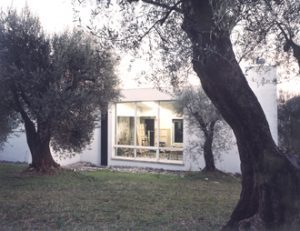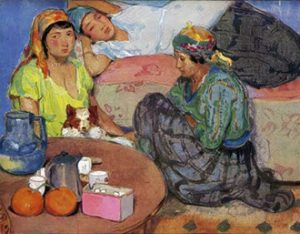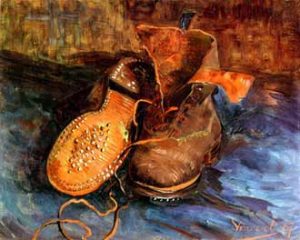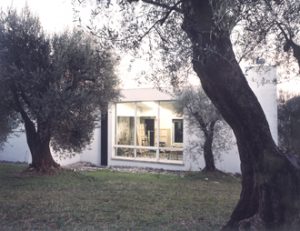Philippe Artières devotes his work in large part to the contemporary history of writing—to our graphic culture, from neon signs to tattooing. He is never far removed from fiction authors and artists, which also must contribute to making his work inventive. He goes back over for us the process by which archives have become social ...
Arts & Sociétés
Letter of Seminar
Things 2015-
-
-
-
# 83 | Poor People’s Things | Arlette Farge
Arlette Farge has always made one want to go into archives to do research. There, she has been able to find the minuscule signs of lives complicated by poverty—indeed, her thesis was on food theft in eighteenth-century Paris. Here, she returns to the interest in the poor that emerged in the wake of ...
-
# 82 | Something Else in the Orient | Christian Peltre
Christine Peltre tells us of the status of “things” in the Orient imagined by nineteenth-centuries contemporaries: objects acquired in bazaars and souks, robes, cloaks, babouche slippers, turbans, headgear, carpets, etc. “Operators of belief, border agents, or reminders of proximity?” Everything would be a way of recalling sites and atmospheres, dazzling sights, even vain ...
-
# 81 | The Naked Thing | Hadrien Laroche
“Disappearance” is at the heart of the studies and novels of Hadrien Laroche, who reexamines for us “the thing” in the work of Martin Heidegger, Jacques Derrida, and Meyer Shapiro. We are familiar with the discussion around Van Gogh’s shoes, a still life lively enough to give rise to some very keen, contradictory interpretations. ...
-
# 80 | Concrete Presences | Marc Desportes
After his Paysages en mouvement. Transport et perception de l’espace, XVIIIe-XXe siècles (published by Gallimard in 2005), Marc Desportes has taken an interest in the singular presence of objects in twentieth-century art. He proposes to clarify the various ways in which these objects are used by artists, in accordance with varying circumstances, as well ...



